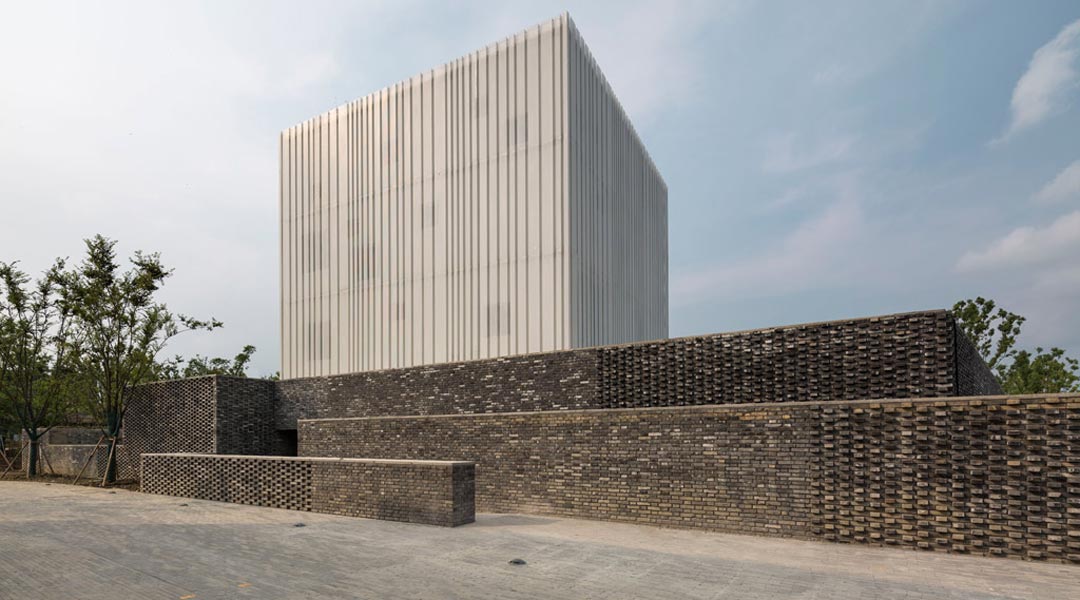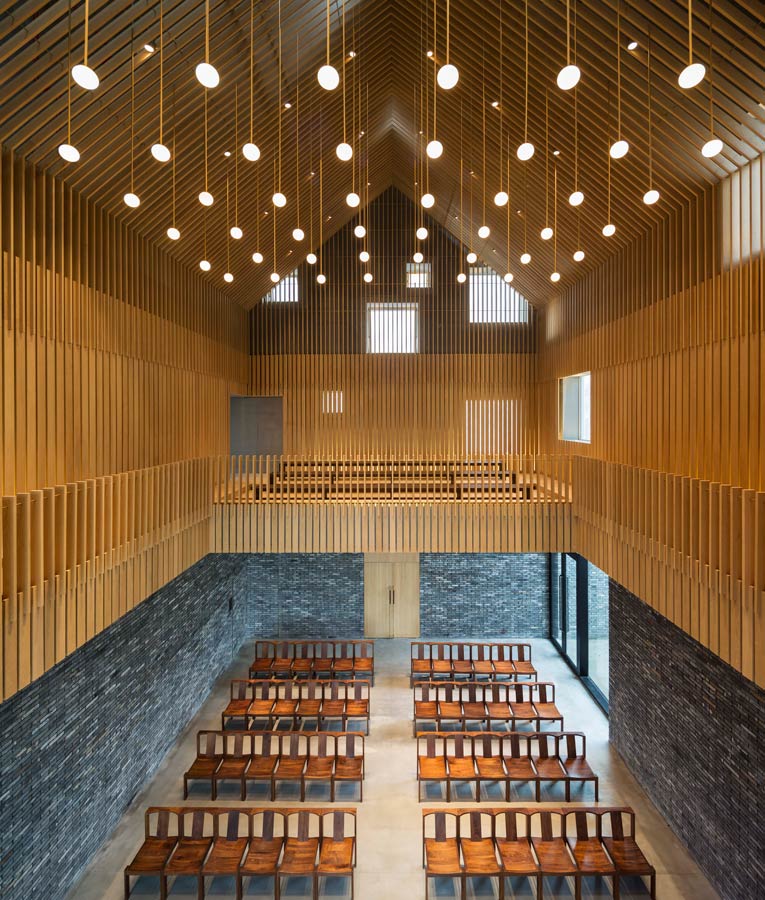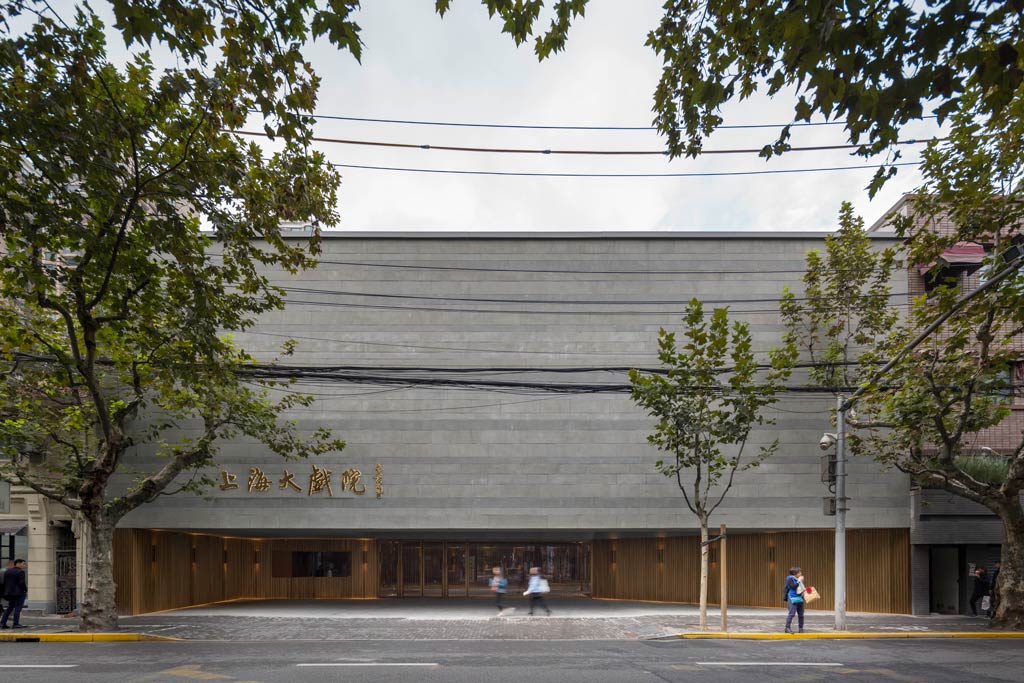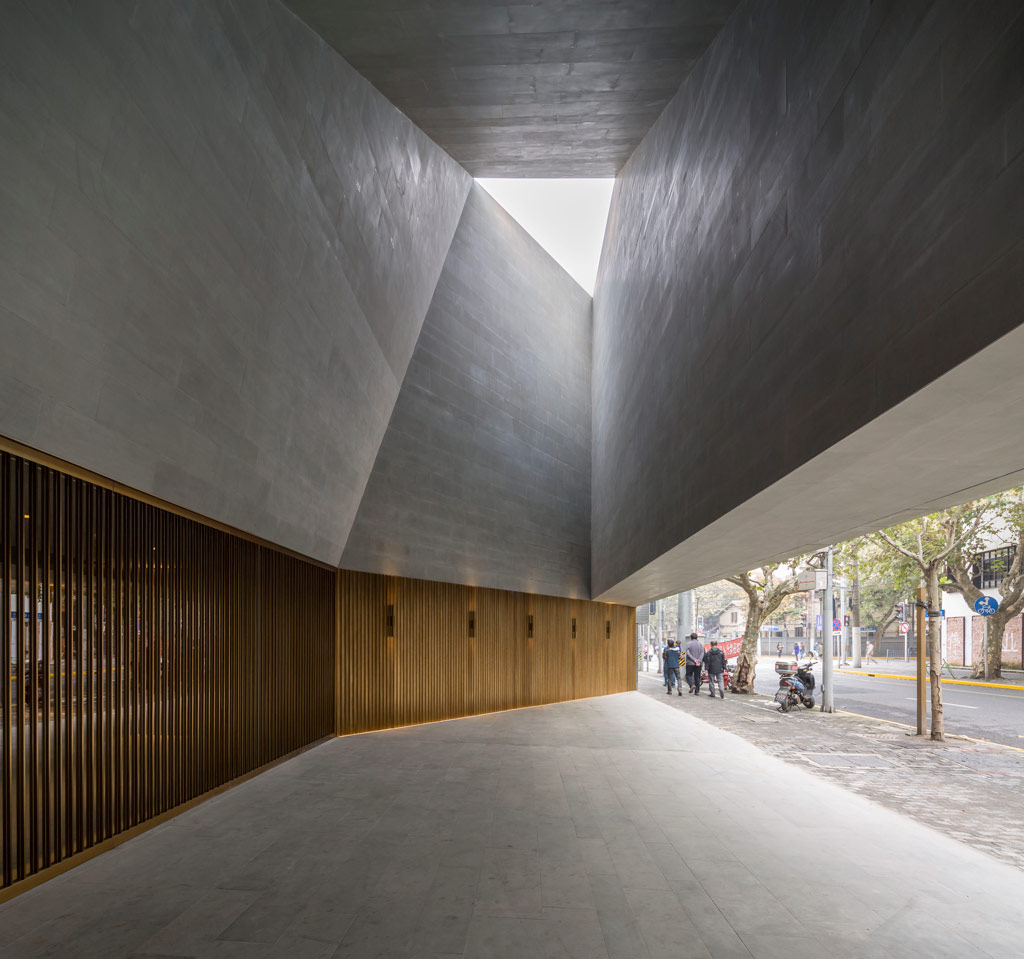
Meaningful by Design: An Interview with Lyndon Neri (part 2)
Currently working on projects in many countries, Neri&Hu Design and Research Office is composed of multi-cultural staff who speak over 30 different languages. The diversity of the team reinforces a core vision for the practice: to respond to a global worldview incorporating overlapping design disciplines for a new paradigm in architecture.
One of their most important achievements remains the nurturing of a design culture in Shanghai that is so dynamic and thriving that the stubborn “Made in China” label that has long equated to low quality and zero innovation is peeling away, transforming much of the world’s outdated perspective on China’s relationship with design.
The transcript below is the continuation of an extensive interview with Lyndon Neri after his talk at the recent Anthology Festival in Manila. Read the first part here.
Bluprint: About the poetic and abstract nature of architecture: many architects aspire to have this quality about their architecture but very few can execute it in perhaps the way you have. Can you tell us the importance of poetry in separating the narrative of architecture from just merely functional things?
Lyndon Neri: That’s why I think it’s important to read, read, and read. Because we are inundated with architectural ideology. Rossana’s interested in music. I’m really interested in literature and movies. If you’re curious about things the poetry becomes part of your everyday. Once fiction and reality become blurry it becomes interesting. You find yourself walking and imagining things that are not there. I was at the Conrad Hotel yesterday and I was thinking about certain Indian stepping wells. If you allow yourself to start thinking about what the designers were thinking and they’re not there, that fictive narration is important.

And how do you transmit that to clients or stakeholders who aren’t from this world and how do you use the narrative to convince them of your ideas?
You should spend time with them. Just like a father spends time with his children, you have to nurture and spend time with your clients instead of getting really frustrated. If not, you should respectfully step away from the project. Rossana and I always take the stand that if we can’t be relevant anymore we should step out. And if the relevancy means only making money then we step out.
You said you were interested in various art forms and movies seem to be a medium which you are exploring in documenting your projects. It seems like you really enjoy doing these films about your projects.
Yes, because we believe architecture, interiors, and product design should not only be about images and drawings. Architects tend to be so fascinated with just drawings and axonometrics. But how many of us have a chance to be on a helicopter and look at the object and say, “That looks nice”? Most of us experience a space by walking through. So when I was in Harvard, I was fortunate enough to study under Rafael Moneo who was my thesis adviser. He was difficult. But he completely changed the way I think and how I conceive.
When I was in Berkeley it was just all about shape and form. When I went to Harvard it was all like, “If you don’t know how this section works and how you walk through the space, you’re not passing.” Those years were amazing and in fact I would argue that the five years that he was there produced some of the best architects practicing in the world today. You have Nader Tehrani, Farshid Moussavi, Jeanne Gang, it goes on. There’s about twenty maybe thirty of us in that five year period that really are very strong. And we ‘compete’ with each other now. It’s very good because at least it’s an interesting discourse that we’re having.

So Moneo was a big influence. Are there any others?
I think Michael Graves. Working there for ten years I think definitely instilled a multi-disciplinary nature. People often say, “Well, we don’t see the Michael Graves in your work” but what you don’t see is the fact that he stressed the idea of total design. His thoughts on the Bauhaus and the Renaissance were important. So to me, that came naturally. When we started, immediately we did furniture. We didn’t separate the cup from furniture from interiors from architecture.
Is it important for you to have those other creative outlets and does this necessary help in your architecture?
It does. They inform each other, yes. And it’s very important for us to think big and small because I think often times you get so stuck with architecture with a big A, you know? You look at certain architects that do interesting forms but you go in and there’s no relevance. I don’t get it. You expect a new experience and it’s just another box. I find that problematic. I have a lot of respect for Valerio Olgiati, Peter Zumthor, people like that.
A little of that feeds into what we saw earlier at your presentation.
Definitely.
The materiality…
Absolutely.
There seem to be these regions of overlap in your work. When projected from plan into three-dimensions, the elevations are often articulated as layered surfaces that mediate between opposites: inside and out, private and public, old and new…
Very good, you caught that. The layering is very important in our practice. In fact, we have eight or nine obsessions. I narrowed it down to three (for the talk). I actually had a very academic lecture prepared but I completely took it all out. I figured (the audience) might think I’m crazy. (Laughs)
But that mediation, that layering, you as an architect need to find the apparatus that allows you to express your cultural conviction and ideology. Architecture and interior design are our built work and our spatial experience. It’s how we express our culture, our philosophical ideology and we need a certain apparatus like this sense of layering.
So aside from just materiality, you need spatial-sectional qualities, both vertically and horizontally, to allow people to sense space. These are things that developers do not quite get. So you just show them a flat plan because you show them the layers and they think, “Oh, extra money!” So you don’t show that until later! (Laughs)

Is it important to speak at events like this where the crowd is not necessarily just the design community? We asked about your movies since these will appeal to people from other fields. Why do you think that’s important for architects to get a grasp of this?
Yes, I think it’s important to make sure that our everyday and our mundane becomes relevant or our profession will die. So if we can’t convey our mundane and our ordinary and what’s important to our mundane, every day, and ordinary to the common public, then our profession will not be relevant. So I make it a point to not just go to design. I knew coming in that it would be kind of a risk. I was just in Argentina and the audience was all architects – 2000 people who literally registered and paid to come. You speak for two hours and they like every movie, I show 25 projects and they stand up and go, “More, more!” I was in Jakarta last week and it was the same: 1,500 people.
Before I met William (Anthology Festival organizer, William Ti), his group had invited us for two straight years and we said, “Oh we’re not sure.” I had a bad experience in Manila maybe five years ago. I came and gave a little talk. I flew from Paris direct because I’ve got to give back to the community that raised me. I came back and only fifty people showed up. So my marketing person goes, “Why did you even come?” I’m like, “I did not know.” I told William it’s not like I do not like to go. I’m traveling so much already. I just want to be a bit more serious, that there’ll be a sense of seriousness. But this was good.
We hope we get to see more of your work built here. We know the Pig and Palm in Cebu.
Okay, good. It’s a small project. It’s not complete yet because they didn’t include the notion of the Catholic Church inserted in a commercial thing. That’s what we did there.
What are some of the opportunities and challenges facing your practice?
There are obviously challenges in that we have so much demand now. We have about thirteen architecture projects in Europe, many in Stockholm, Portugal, London, Paris… We’re about to open an office in New York. There’s so much demand: New York, Miami… But the challenge is how to continue to do rigorous work within that amount of pressure.
I train a group of very strong associate directors. There are about twelve of them now but to still keep that DNA within, it’s hard. We’ll see. It’s an interesting challenge. We made a mistake of doing nine competitions over the last two years. We won seven out of those nine. And so we said, “We’ve got to stop.” There’s that danger.
So that’s your ROI, right?
Yes, that’s my ROI. (laughs) It’s not so much about more for me. It’s about creating more relevance. We have short lives to live and the gifts that are given to us, I believe, are truly from above. I believe we need to use the hands and the creative things we have for the greater good. If not, then it’s a tragedy. ![]()


